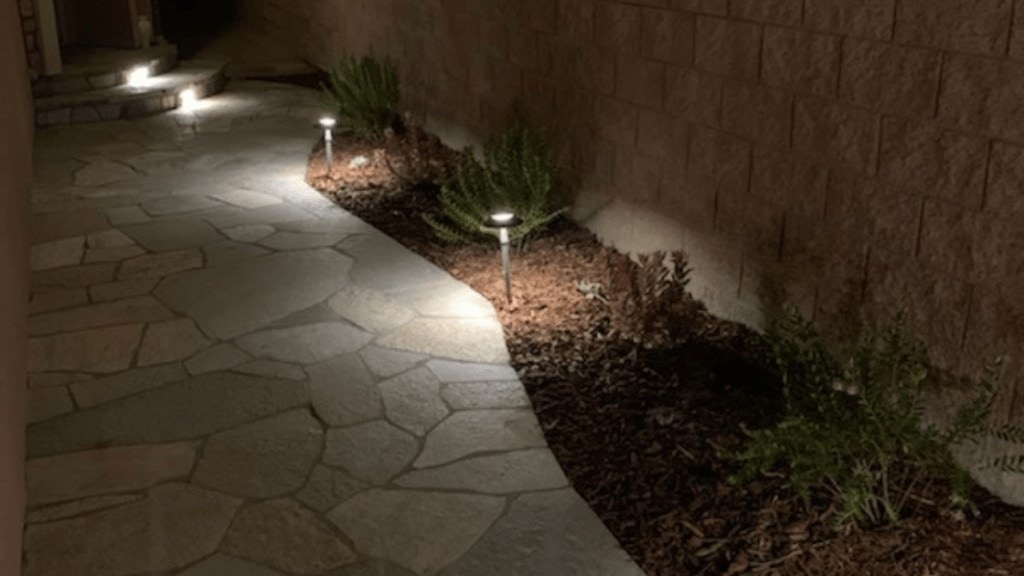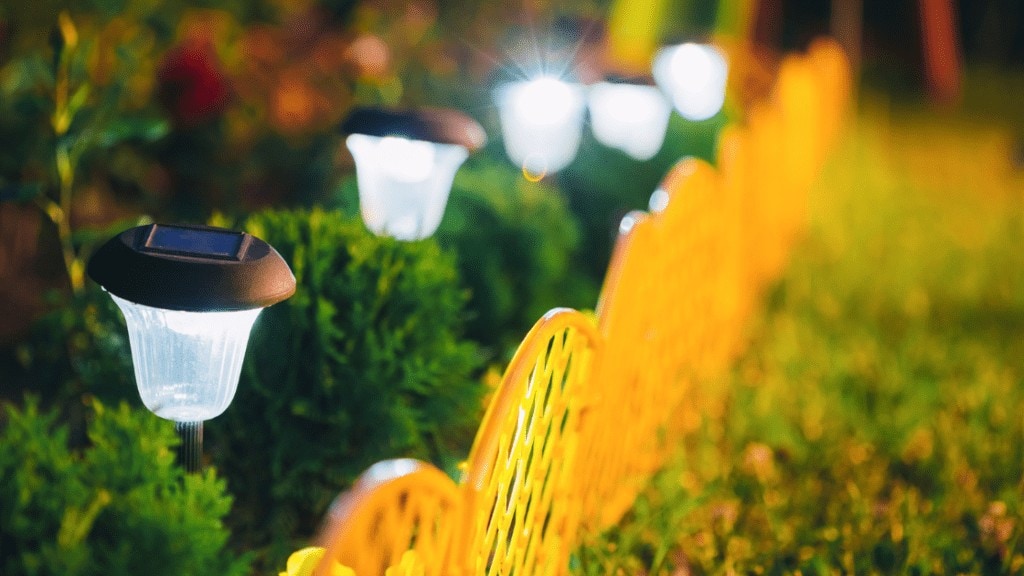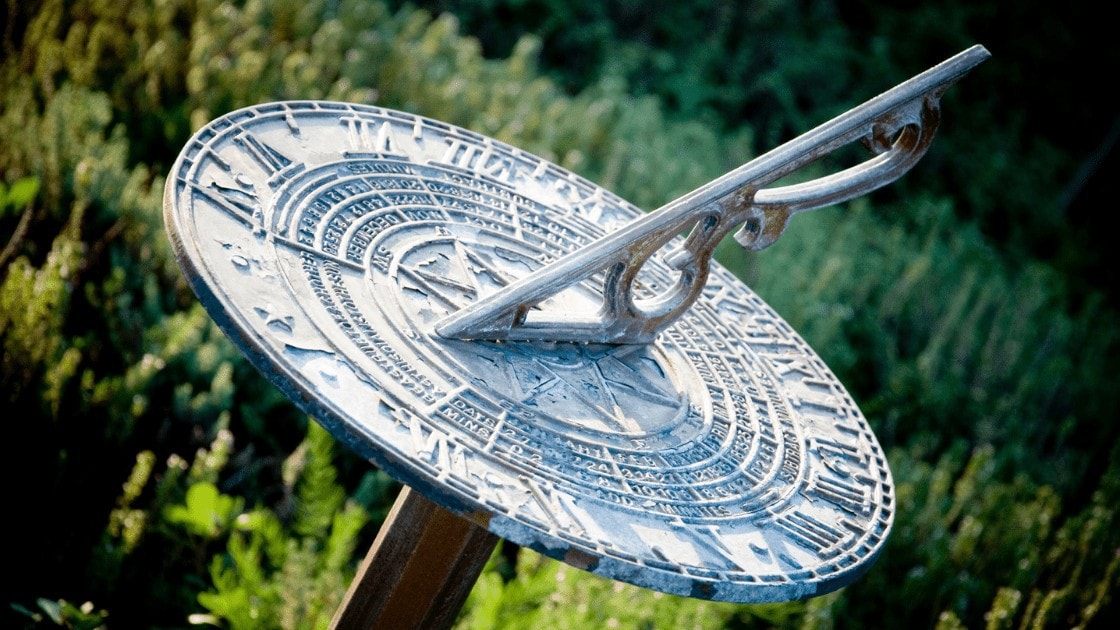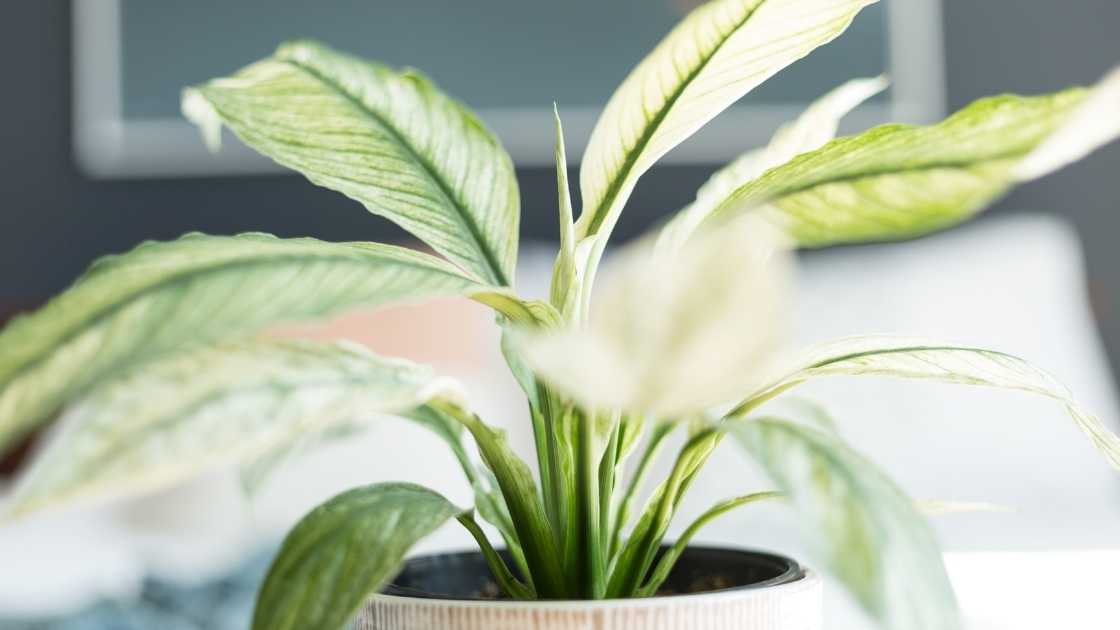
In this article, we’ll take a closer look at the most common types of garden lights, how they work, whether they are powered by AC or DC and whether this is a factor you should consider when choosing a suitable light for your garden.
What’s The Difference Between AC and DC?
Without turning this article into a lecture on electrical engineering, let’s take a quick look at the difference between the two types of currents
AC (alternating current) and DC(direct current). As the name suggests, AC is electrical current that alternates its polarity periodically – 50 times per second for the majority of the world’s power grid or less commonly – 60 times per second.
Browse our Affiliate Products
Why do we use AC in our power grid? All power plants that convert the movement of turbines into electrical energy (which is the case with nuclear, hydroelectric, coal-powered and most other types) produce AC.
Conveniently, this AC can then be passed through transformers, which can lower the voltage – transformers are utilized both in electrical distribution substations as well as in most electrical appliances that require low voltages to work. Transformers only work with AC.
AC is easily rectified and turned into DC by using solid-state bridge rectifiers – a process which happens in almost all consumer electronics, as well as LED lights. DC can also be converted into AC by using a somewhat more complex switching circuitry.
Click below to check out our affiliate product selection of patio and garden lights and articles:
- Lighting Products
- What to Consider When Picking Lighting for Your Garden
- Easy Guide To Outdoor Solar Garden Lighting
- What are Decorative Garden Stakes Used for?
Which Lights use AC and Which use DC and Should You Care?
Of all the commonly used light types, only LEDs require DC. When fed an AC current, LEDs flicker at the frequency of the current, usually 50 times per second. All other types of lights either use AC (fluorescent, HPS) or don’t really care about polarity (incandescent, halogen).
However, those rules apply only to the actual driven element of the lights and not to the light ‘unit’ as a whole.
For example, even though LED elements require DC, most LED lights on the market use the AC electricity from the mains. They simply contain a bridge rectifier within their body, which turns the mains AC into DC before feeding it to the LED elements inside the light. So, ultimately, the type of current a light uses is just a concern of the engineers designing the light – for the end consumer, it doesn’t really matter.
Do Hard-Wired, Mains-Powered Garden Lights Use AC or DC?

Because the electricity in the mains grid is always AC, hard-wired garden lights use AC. Depending on the type of light, it then has its own circuitry inside, which can rectify the current and turn it into DC before feeding it to the light-producing element – this is the case with all mains-powered LED lights. However, as we already mentioned, this is not something you should be concerned with, unless it’s purely out of curiosity.
Hard-wired, mains-powered LED lights have become very cheap in recent years with the emergence of the COB (chip on board) technology, which gets rid of all the separate circuit boards and wiring complexities previously required.
The only problem with high-powered LED lights is the large heat sinks they require – even though LEDs are very efficient, they still emit as much as half of the power they consume as heat, which has to be dissipated.
Some LED garden light systems have a power supply adapter that connects to the mains and then distributes its regulated, DC output voltage to multiple LED units situated across the garden. This makes the whole system safer, because the long wiring that supplies electricity to the light units only carries harmless low voltage.
Incandescent lights are the only type of commonly used light that doesn’t incorporate any circuitry in its body – the mains AC current is directly fed to the filament, which as a result gets hot enough to emit visible light. Incandescent lights however produce up to 10 times less light then LEDs for the same amount of electricity they consume. The rest is turned into unwanted heat.
It’s interesting to note that fluorescent lights posses the most complex circuitry of all the mains-powered lights – first, they rectify the mains power and turn it into DC, which is then turned back into AC, but at a higher voltage and frequency.
Fluorescent lights are becoming less and less common and are being replaced by LEDs which are about two times more efficient and require much less circuitry to function. Fluorescent lights can also be an environmental concern, because they contain a small amount of mercury inside their bulb.
What About Solar Garden Lights?

Solar panels are the only commonly used method of generating electricity that outputs DC. This means that it can be used directly for charging a rechargeable battery (which requires DC of course) and then directly using that battery for powering the LED elements.
However, solar garden lights always use electronic circuitry to ensure proper charging and discharging of the battery and to turn them on and off depending on the ambient light levels.
Most solar garden lights are very small and are used only for low-intensity ambient lighting during the night. However, there are larger garden LEDs as well, which feature a separate solar panel that is not integrated in the body of the light.
Those larger solar garden lights usually utilize inverters, or switch-mode power supplies that convert the DC current of the solar panel into AC and feed it into transformers to efficiently obtain the proper voltage for charging the battery.
What Solar Garden Light to Choose?
When it comes to the actual type of light, almost all garden lights are LEDs. LED lights are very efficient, long-lasting and are becoming cheaper and cheaper. They also come in various color temperatures and have a smooth spectrum curve that can simulate the color and feel of sunlight very well.
Amazon provides a huge selection of solar garden lights as shown below.
Because of all of those factors, LEDs have almost completely replaced not only incandescent lights, but fluorescent lights as well. Virtually all of the lights that come up when you do a search for ‘garden lights’ will be LED-based.
There are countless different LED garden light designs – flood lights with automatic sensors, solar-powered lanterns, bulbs, cubes, strings and so on. Almost any type you get will work well in any garden – they’re all designed beautifully.
The only factors you need to be concerned with are the color temperature and the power of the light. Using different lights with different color temperatures in a a single location is generally not desirable. 4000K is the most commonly used temperature, because it simulates the color of sunlight very well.
Lower temperatures, like 2700k can bring a beautiful golden glow to your garden. Higher color temperatures, like 6500k can be tricky to use and their bluish glow isn’t particularly comfortable for dark-adjusted eyes.









